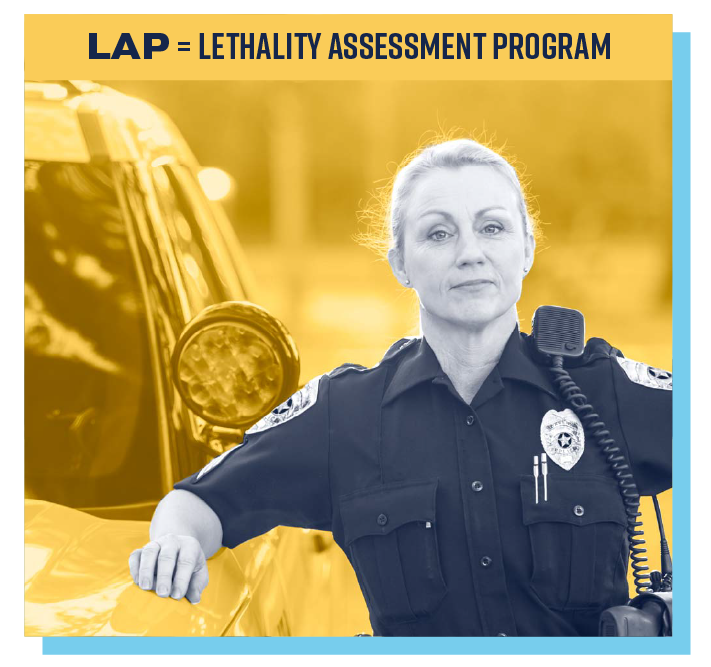23.2%
or 1 in 4 women have experienced severe physical violence by an intimate partner in their lifetime.


The statewide implementation of LAP has opened greater opportunities to identify some of the most dangerous abusive behaviors victims are experiencing. Connecticut law enforcement continues to lead the nation in helping victims of intimate partner violence assess their potential danger.
CALL, TEXT, CHAT OR EMAIL IN YOUR LANGUAGE
If you need help or just someone to talk to, please visit us at CTSafeConnect.org or call or text (888) 774-2900. Advocates are available 24/7. All languages are supported!
Si necesitas información o si solo quieres conversar con alguien, por favor visite CTSafeConnect.org o llamada o texto (888) 774-2900. Los consejeros estarán disponibles las 24 horas del día, los siete días de la semana.